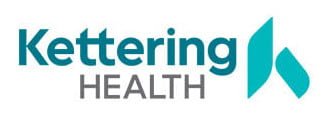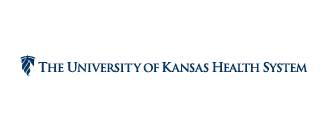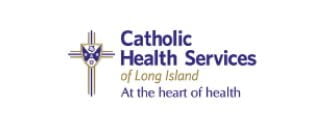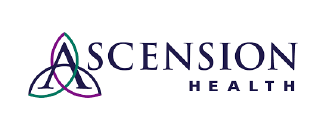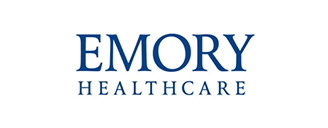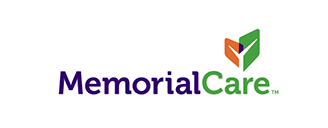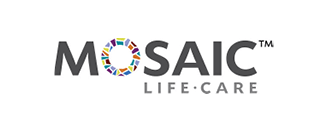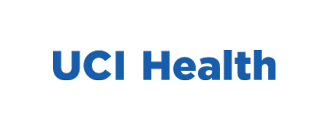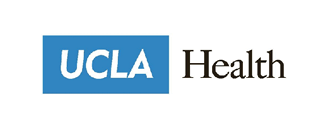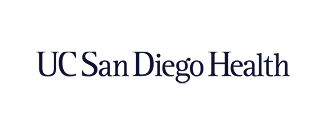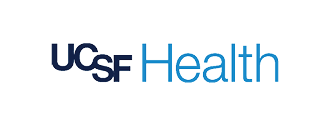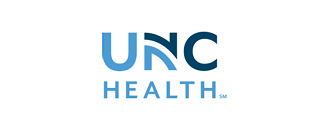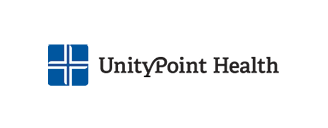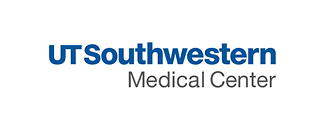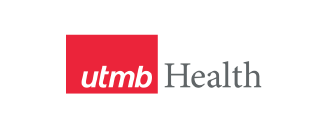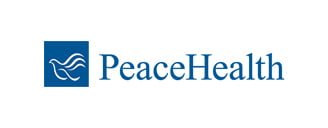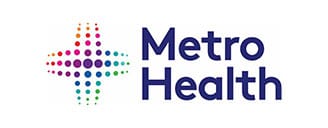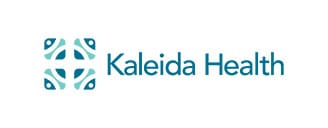
Rahul Patel
Rahul is a PharmD student at The Ohio State University.
We’re thrilled to welcome our latest pharmacy intern and PharmD candidate, Rahul Patel, to our team. As one of his first projects with us, we recruited him to guest write a blog sharing his thoughts on navigating the pharmacy industry, and what these changes could entail for the future of his career and the broader industry.
Introduction
Moving from The University of Tennessee to The Ohio State University for pharmacy school was an exciting yet challenging transition. Not only did I have to adapt to a new city, Columbus, but I also entered the pharmacy industry during a time of significant political and legislative changes.
As a pharmacy student, these changes have directly impacted my education and outlook on the future of my profession. This blog post explores the political and legislative dynamics currently shaping the pharmacy industry. These include PBM regulations, scope of practice, provider status, and the rise of telepharmacy and digital health during the COVID-19 pandemic.
Political and legislative dynamics in pharmacy
PBM regulations
Pharmacy Benefit Managers (PBMs) have long been a contentious topic in the pharmacy world. These intermediaries between insurers, pharmacies, and drug manufacturers have significant influence over drug pricing and pharmacy reimbursements. Recent legislative efforts aim to increase transparency and regulate PBM practices to protect both pharmacies and patients.
In Ohio, legislative measures have been introduced to address PBM practices. For example, the state has implemented rules to curb the “spread pricing” model. This is when PBMs charge insurers more than they reimburse pharmacies, pocketing the difference. This has been a crucial step in ensuring fair reimbursement rates for pharmacies, directly affecting pharmacists.
As a pharmacy student at Ohio State, I have witnessed firsthand the significant impact of recent legislative changes on my education and future career aspirations. Throughout my coursework and internships, I have observed how unfair reimbursement rates can place considerable strain on pharmacies, ultimately compromising their ability to deliver quality care. Looking ahead to my career, I am dedicated to working in settings that prioritize ethical practices and support legislative measures designed to protect both pharmacists and patients.
Scope of practice and consult agreements
The scope of practice for pharmacists has been expanding, allowing for more direct patient care activities. One notable development is the use of consult agreements with providers. These agreements enable pharmacists to manage medication therapies and make clinical decisions collaboratively with other healthcare providers.
During my time at Ohio State, I have witnessed firsthand the benefits of these agreements. They not only enhance patient outcomes but also highlight the essential role pharmacists play in the healthcare team. As a future pharmacist, this expanded scope of practice promises a more dynamic and impactful career.
Provider status
Achieving provider status for pharmacists has been a long-standing goal in the profession. Provider status would allow pharmacists to be recognized as healthcare providers under Medicare Part B. Likewise, Medicare would reimburse pharmacists for providing clinical services to patients.
The push for provider status has gained momentum in recent years, and Ohio has been at the forefront of this movement. The recognition of pharmacists as providers would solidify our role in patient care. In addition, it would open up new opportunities for delivering value-based services. For me, this legislative change would validate the extensive clinical training I am receiving and ensure that I can practice to the full extent of my education.
The rise of telepharmacy and digital health
Telepharmacy during COVID-19
The COVID-19 pandemic has accelerated the adoption of telepharmacy and digital health solutions. Telepharmacy involves the use of telecommunications technology to provide pharmaceutical care to patients remotely. This has been particularly beneficial during the pandemic, allowing pharmacists to continue offering essential services while minimizing physical contact.
At Ohio State, involvement in telepharmacy initiatives has demonstrated the potential of digital health. From conducting medication therapy management sessions via video calls to utilizing digital tools for patient monitoring, telepharmacy has shown that it can enhance accessibility and convenience for patients. As a future pharmacist, I aim to leverage these technologies to provide comprehensive and patient-centered care, adapting to the evolving needs of our healthcare system.
Benefits of digital health
Digital health technologies, including mobile health apps and wearable devices, have revolutionized patient care. These tools enable continuous monitoring of health parameters, providing valuable data for personalized treatment plans. As a pharmacy student, learning to integrate these technologies into practice has been an exciting aspect of my education.
The incorporation of digital health not only improves patient outcomes but also empowers pharmacists to take on more proactive roles in managing chronic conditions and promoting wellness. This shift towards a more technologically integrated practice aligns with my vision of a modern and responsive pharmacy profession.
Conclusion
The pharmacy industry is undergoing significant transformations, driven by political, legislative, and technological developments. As a pharmacy student at The Ohio State University, I have had the privilege of experiencing these changes up close.
The journey from Tennessee to Ohio has been a testament to the resilience and adaptability required in our profession. By embracing these changes and continuing to advocate for our role in healthcare, we can ensure a bright and impactful future for pharmacists everywhere.
About VPL
We modernize clinical supply chains to support healthier patients. Our technology-driven solutions and consultative customer experience empower health systems and outpatient pharmacies to build smarter, more resilient supply chains. With over 700 hospitals and a 97% customer retention rate, we’re trusted to deliver transparency, cost savings, and peace of mind.
